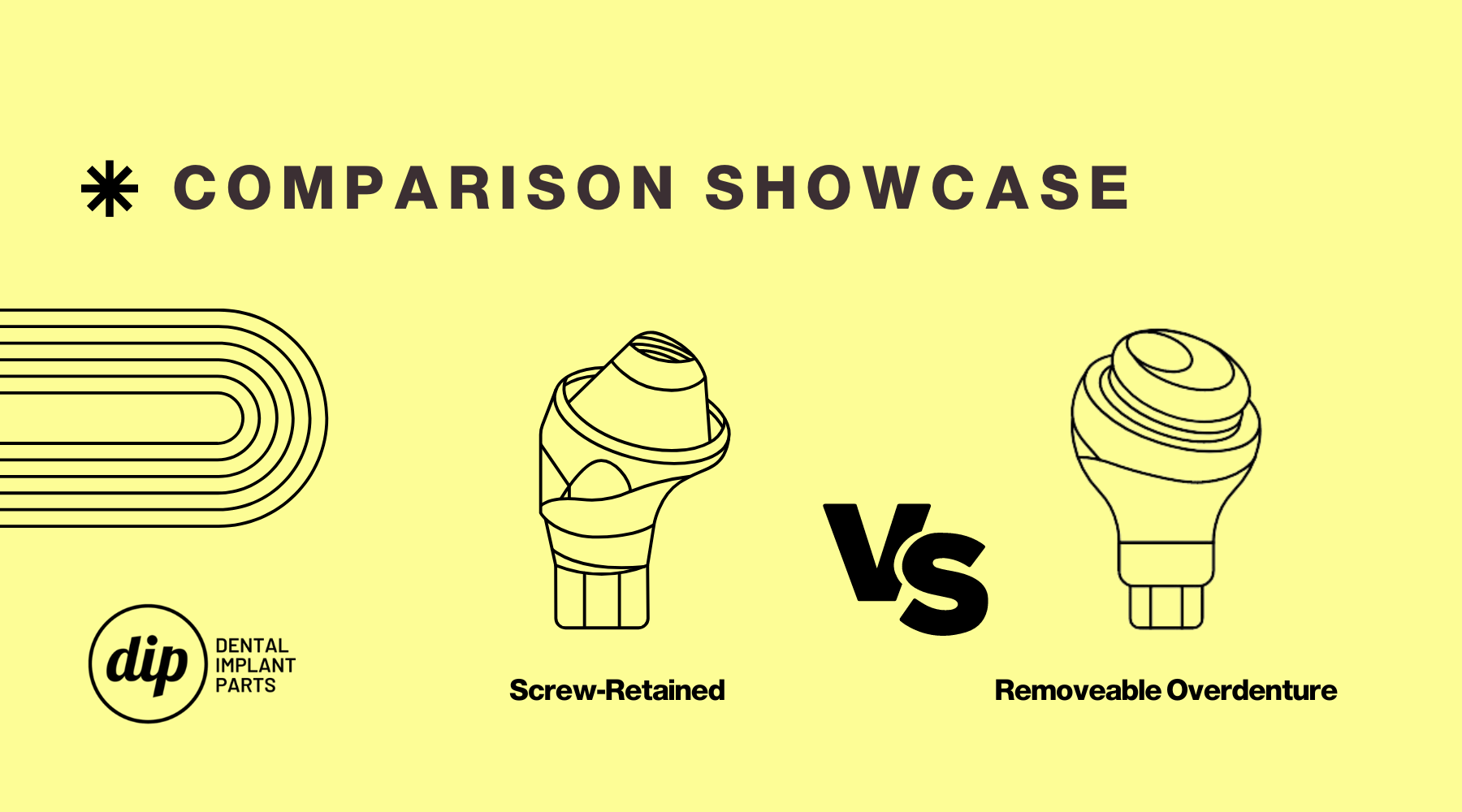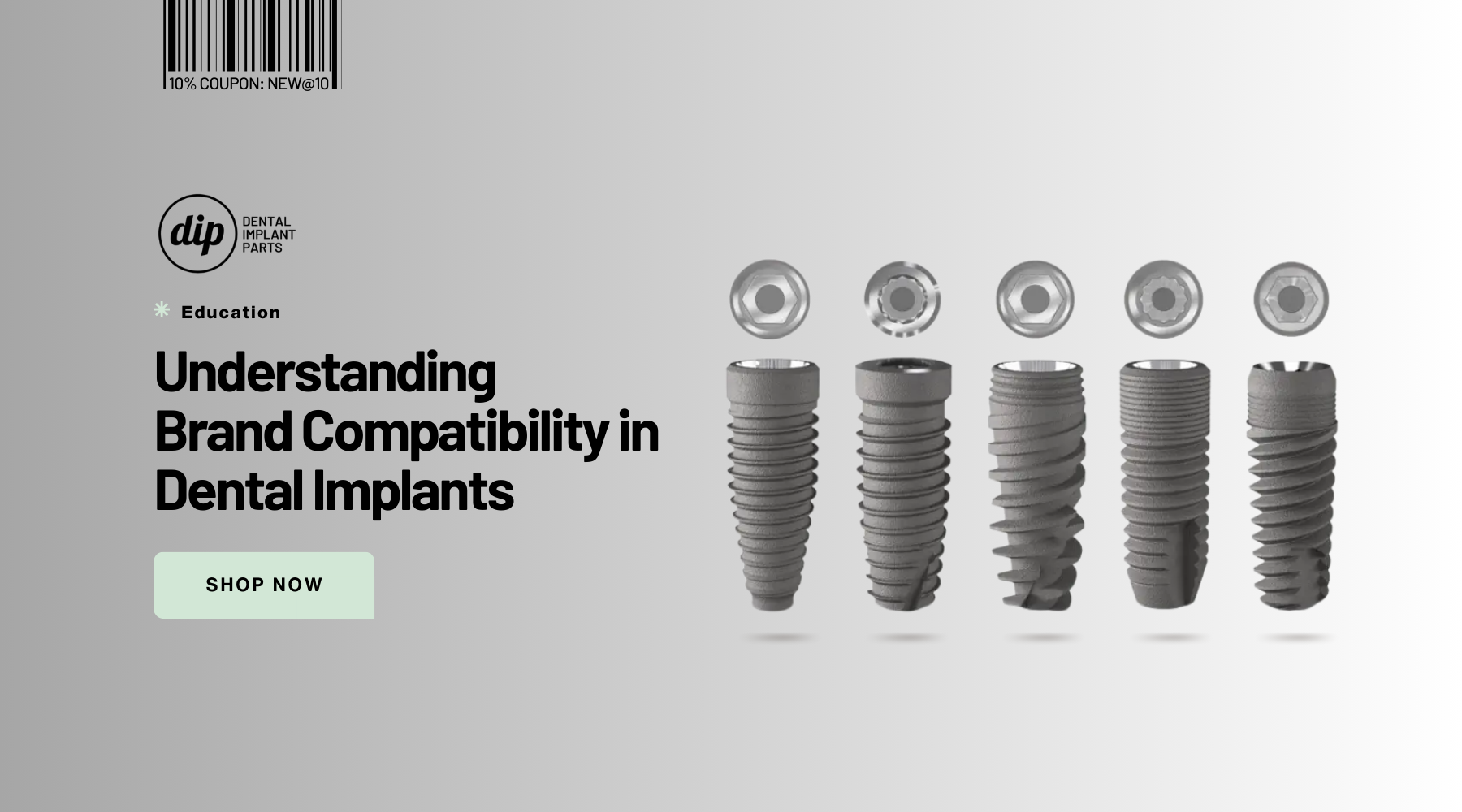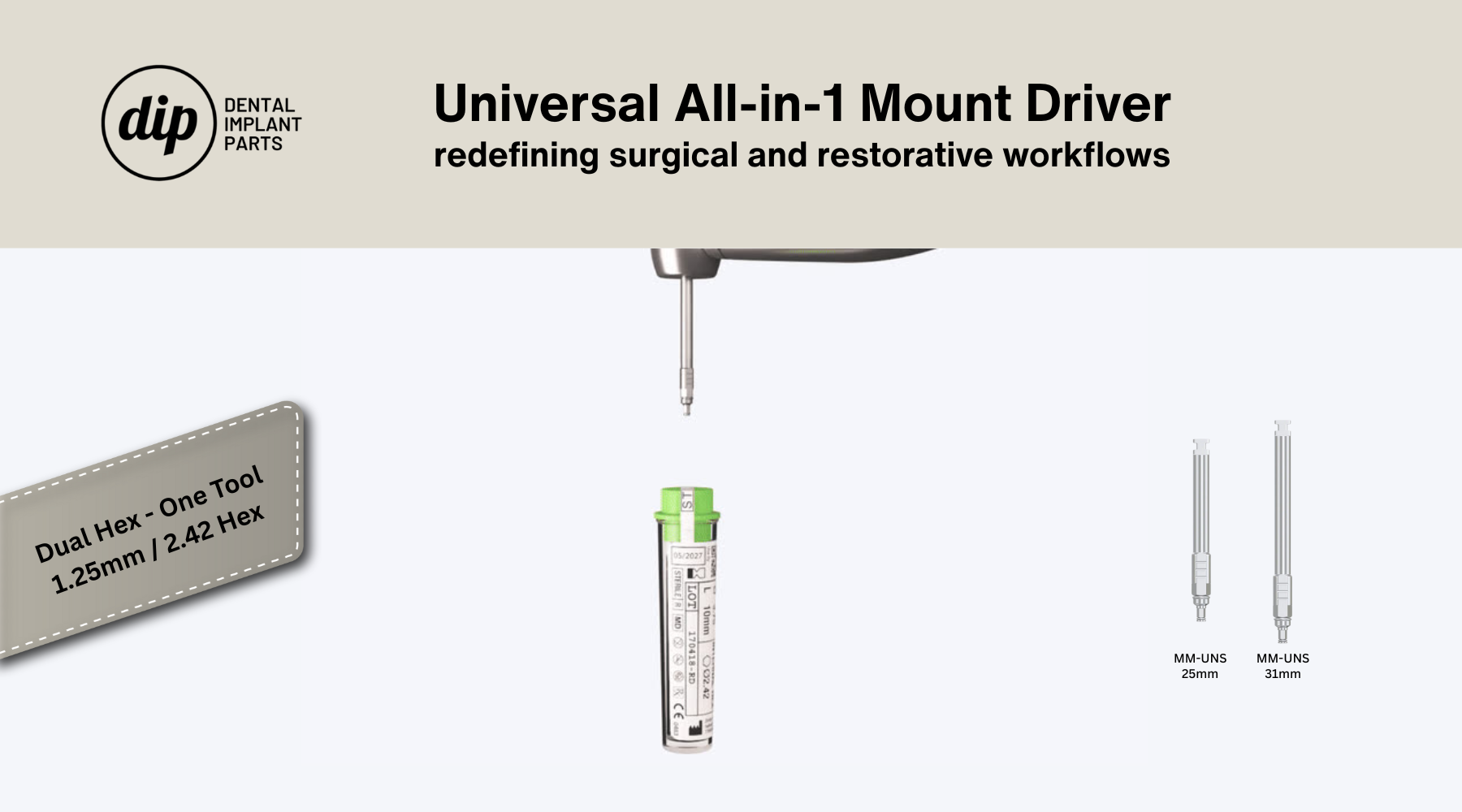When it comes to replacing missing teeth in edentulous patients, implant dentistry offers a plethora of treatment options. Two popular approaches that utilize dental implants to support prosthetics are screw-retained dentures and implant-supported overdentures. While both offer significant advantages over traditional dentures, they cater to different needs and present unique considerations. This comparative analysis delves into the world of screw-retention and implant-overdentures, equipping dental professionals with the knowledge to guide their patients towards the most suitable option.
Screw-Retained Dentures: A Fixed Solution for Enhanced Stability
Screw-retained dentures, also known as implant-supported fixed dentures or fixed hybrid prostheses, offer a highly stable and secure solution for edentulous patients. They function similarly to fixed bridges, utilizing a series of implants strategically placed in the jawbone to support a full-arch restoration. Here's a closer look at the key characteristics of screw-retained dentures:
Components:
- Dental Implants: Multiple implants (typically 4-6) are strategically placed in the jawbone to provide a secure foundation for the denture.
- Bar or Locator Attachments: A bar or individual locator attachments are connected to the implants, serving as the anchor for the denture framework.
- Denture Framework: A custom-made denture framework is fabricated from biocompatible materials like zirconia or titanium. This framework houses the artificial teeth and connects securely to the bar or locators on the implants.
Advantages:
- Enhanced Stability and Retention: Screw-retained dentures offer exceptional stability and retention compared to traditional dentures. They are firmly anchored to the implants, eliminating the need for adhesives and minimizing the risk of slipping or dislodgement during function.
- Improved Speech and Chewing: The secure connection between the implants and the denture allows patients to speak and chew with greater confidence and comfort. This can significantly improve their quality of life.
- Enhanced Aesthetics: Screw-retained dentures can be designed to look natural and aesthetically pleasing, mimicking the appearance of a full set of teeth.
- Improved Bone Health: By stimulating the jawbone through biting forces, screw-retained dentures can help maintain bone density and prevent bone resorption, a common problem with traditional dentures.
Considerations:
- Surgical Intervention: Placement of dental implants requires a surgical procedure, which carries inherent risks and requires a healing period before the denture can be placed.
- Higher Initial Cost: The cost of implant placement, surgery, and the custom-made denture framework can be higher compared to traditional dentures.
- Irreversible Procedure: Once the implants are placed, removing them requires another surgical procedure.
- Limited Repairability: While highly durable, if a tooth on the denture framework breaks, it may require a more complex repair or replacement compared to a traditional denture.
Implant-Supported Overdentures: A Removable Solution for Flexibility
Implant-supported overdentures, also known as implant-retained dentures or snap-on dentures, offer a removable solution for edentulous patients. They combine the stability benefits of implants with the removability of traditional dentures, providing patients with a comfortable and functional option. Let's explore the key features of implant-supported overdentures:
Components:
- Dental Implants: Fewer implants are typically required compared to screw-retained dentures (usually 2-4).
- Ball Attachments or Locator Attachments: These attachments are placed on the implants and act as anchors for the denture.
- Overdenture: A custom-made denture is fabricated to snap securely onto the ball attachments or locator attachments on the implants.
Advantages:
- Improved Stability and Retention: Overdentures offer significantly improved stability compared to traditional dentures. The connection between the implants and the denture minimizes slipping and provides a more secure fit.
- Removable for Maintenance: Patients can easily remove the overdenture for cleaning and hygiene maintenance, promoting good oral health.
- Cost-Effective: Overdentures generally require fewer implants than screw-retained dentures, potentially leading to a lower overall cost.
- Repairable: If a tooth on the denture breaks, it can be repaired or replaced more easily compared to a screw-retained denture framework.
Considerations:
- Limited Stability Compared to Screw-Retained Dentures: While improved over traditional dentures, overdentures might not offer the same level of stability as screw-retained options.
- Potential for Bone Loss: With fewer implants, the bone stimulation might be less compared to screw-retained dentures, potentially leading to some bone resorption over time.
- Bulkier Design: Overdentures might feel slightly bulkier in the mouth




